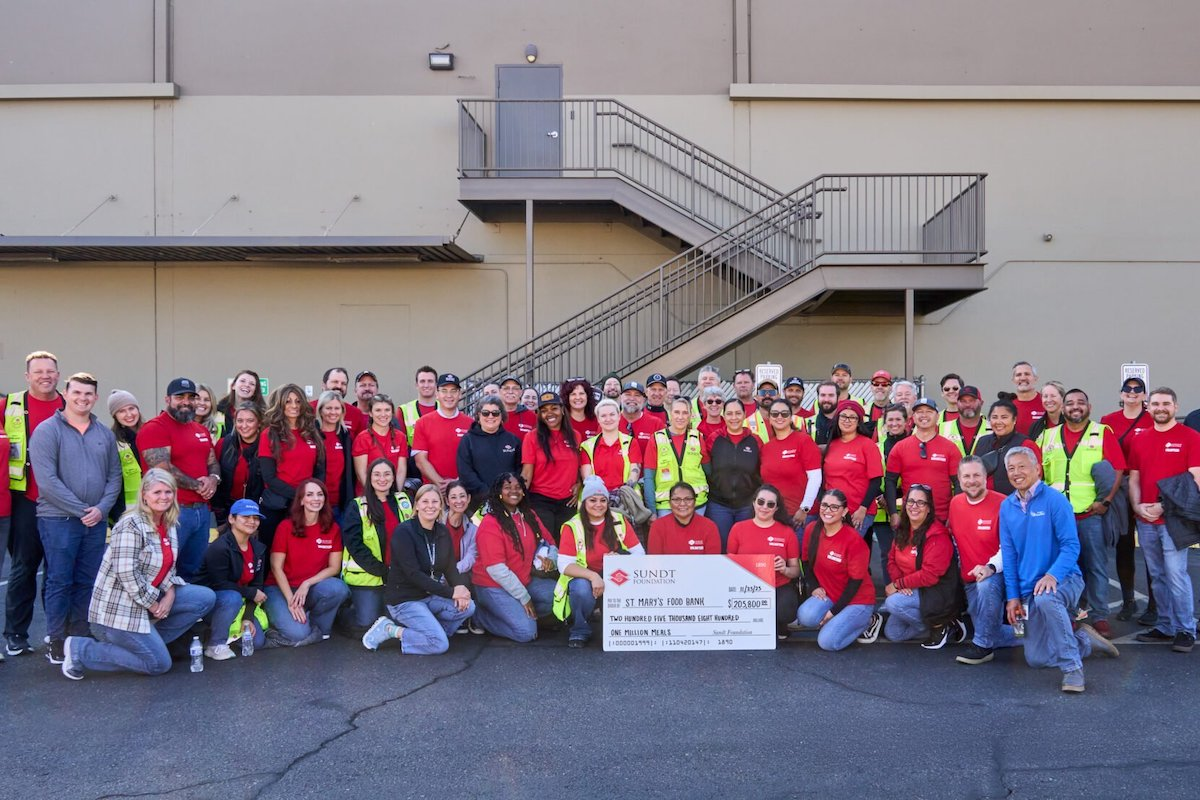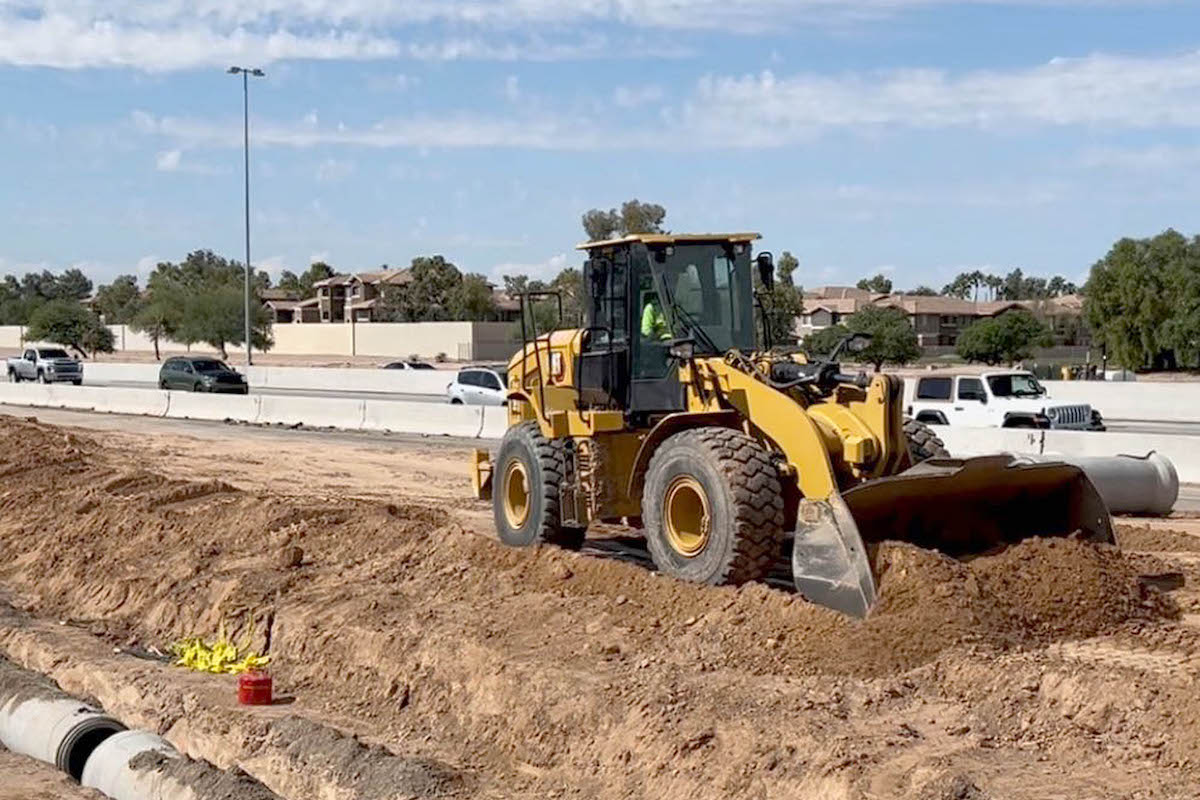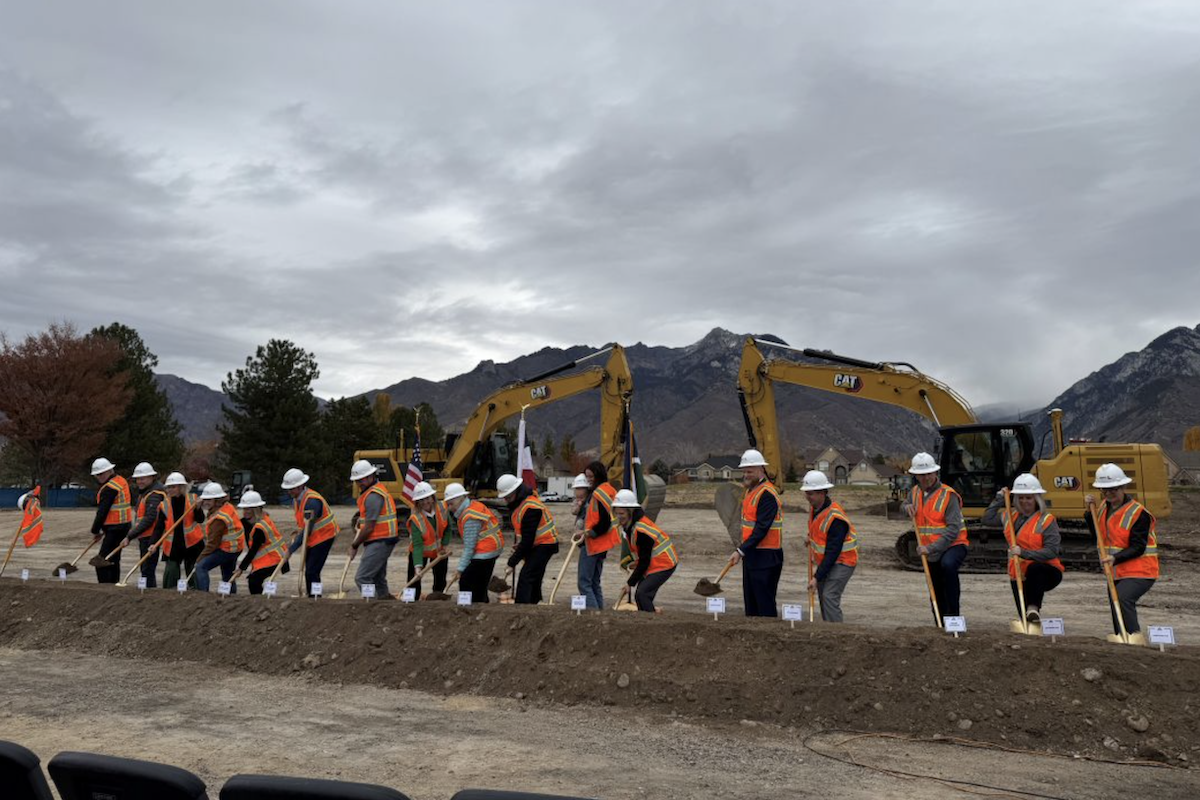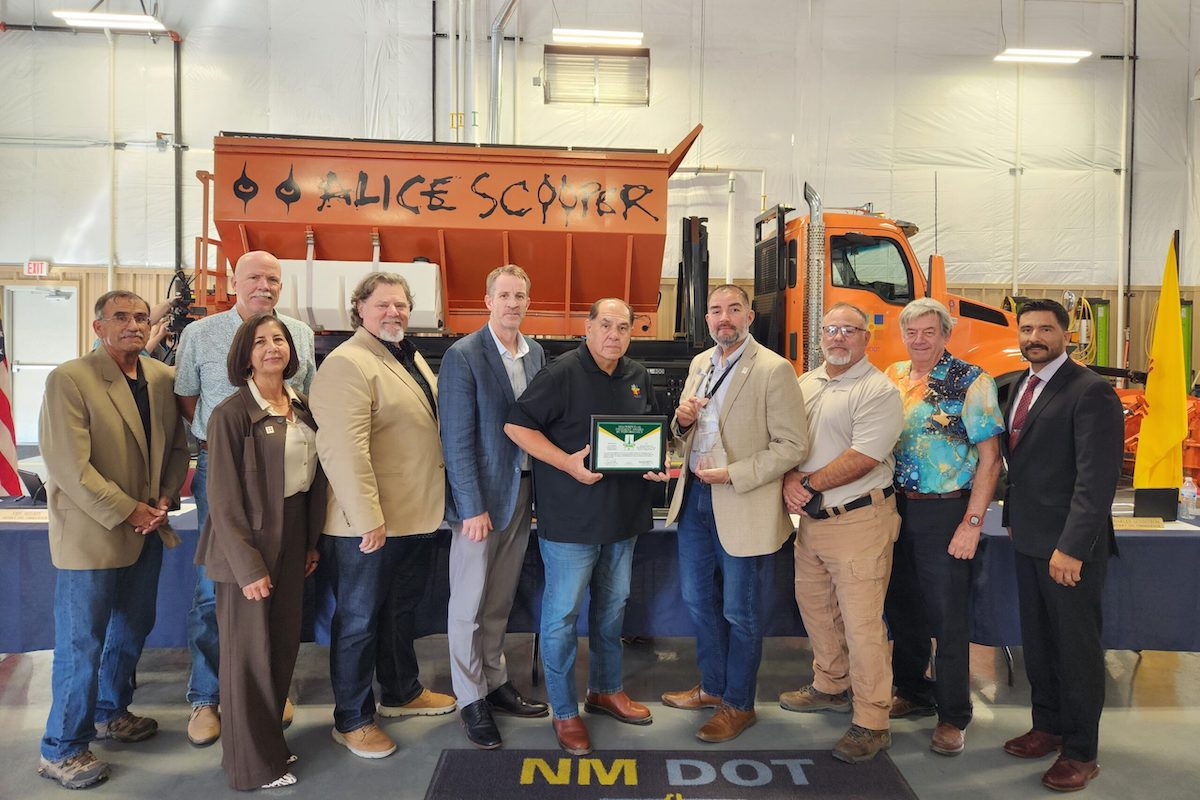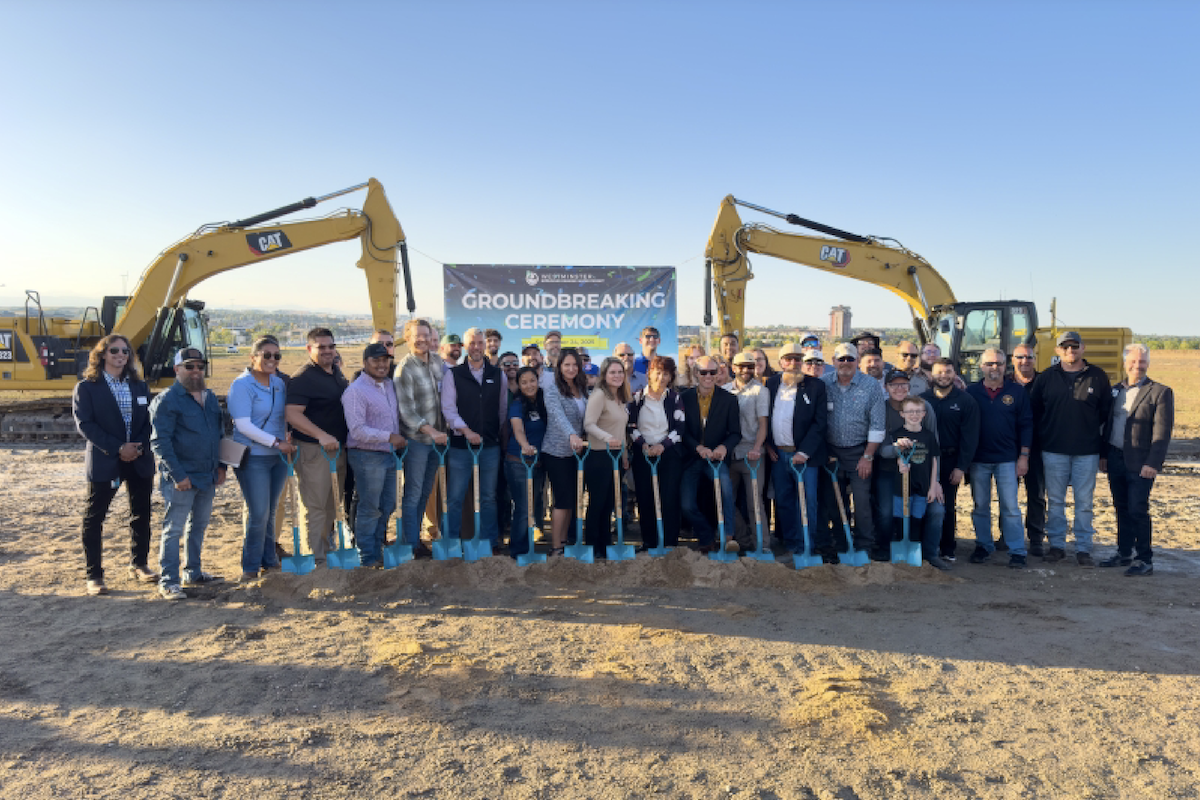However, it is not always easy to know when maintenance on the CTS system is required or what visual clues are indicative of equipment repairs. This is especially true as one part of the CTS system can often wear at a different rate than the others. But with consistent care and routine maintenance, contractors can keep trenchers digging deep and running smoothly for the long haul.
Here are some maintenance best practices for a trencher’s chain, teeth and sprockets that will keep machines hard at work.
To ensure that trenchers are in peak condition, it’s important to know the limitations of the machine and correctly match the CTS system to the conditions that they are digging in. Not properly outfitting the CTS system with the correct chain and teeth for the ground conditions can lead to increased wear and tear on the digging system and trencher unit – ultimately causing costly downtime.
While looking at the rollers, it’s also important to inspect the sprockets. Sprockets are engineered to interact with the trencher chain to enhance the overall performance and wear life of all digging components. When the teeth on a sprocket start “thinning” it is time for a replacement. It is strongly recommended that customers replace the head-shaft sprocket when replacing the digging chain. Not changing the sprocket will likely lead to premature wear on the new chain and will end up costing you more money.
A worn-down tooth can negatively impact a machine’s efficiency. For example, when the front tooth begins to thin – and it is not addressed – the other teeth are then forced to take more of the shock load and the brunt of the labor. This can prematurely wear out the other teeth and risk the loss of teeth altogether. As a best practice, contractors should either replace teeth that have worn down right away or replace all the teeth together. This will help save time, money, and minimize additional tooth wear and tear.

| Your local Volvo Construction Equipment dealer |
|---|
| Faris Machinery |
Chains are available in multiple sizes for a variety of different trenchers. When checking the tension, contractors should ensure the chain is not sagging or too tight. If chains do begin to sag, they’ll vibrate the equipment and cause unnecessary wear; if chains are too tight, different wear patterns on the sprocket or sidebars will begin to appear. It’s important for contractors to keep in mind that larger trenchers require bigger chains that will require more sag than smaller equipment. As such, industry experts agree that a good rule of thumb when checking proper chain tension on a standard walk-behind trencher is that two to three fingers should fit between the chain and the lower part of the boom.
Success is all about using the right tool for the job. For trenchers, that means knowing the correct tooth configuration for the kind of soil and ground conditions on the jobsite. Not only will this help extend the life of the trencher, but it will also keep operators efficient and profitable.
For example, a cup tooth is the standard utility tooth for most soil conditions. It is designed for soft and medium-type soils and has a scooped shape. Due to natural wear and tear, cup teeth will often lose their hard surface. Signs of excessive wear are noticeable at the wider points of the teeth, and wear will begin to show into the body of the tooth. In cases of extreme wear, the tooth will shear off, drastically reducing productivity.
Another tooth that plays an important role in the digging process is the shark tooth. Named for its resemblance to a shark’s tooth, it is designed to pick and break through harder soil. This is ideal for operators trenching through rocky or frozen ground. However, it’s important for contractors to frequently check for fractures or chips in the teeth and replace them immediately to minimize equipment damage and downtime.
If a jobsite is filled with rocky soil, an alligator tooth can help contractors stay efficient. It constantly rotates while in operation, meaning that the teeth chip away at different parts of the soil throughout the digging process. However, if contractors notice any teeth at a standstill, they should inspect the teeth immediately and replace as necessary. Regardless of soil conditions, it’s always best practice for contractors to consult their local Ditch Witch dealer to help ensure they are set up for success.












